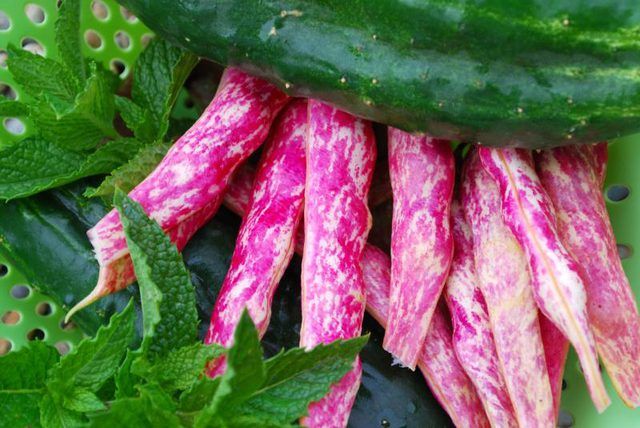Bulbs
Flower Basics
Flower Beds & Specialty Gardens
Flower Garden
Garden Furniture
Garden Gnomes
Garden Seeds
Garden Sheds
Garden Statues
Garden Tools & Supplies
Gardening Basics
Green & Organic
Groundcovers & Vines
Growing Annuals
Growing Basil
Growing Beans
Growing Berries
Growing Blueberries
Growing Cactus
Growing Corn
Growing Cotton
Growing Edibles
Growing Flowers
Growing Garlic
Growing Grapes
Growing Grass
Growing Herbs
Growing Jasmine
Growing Mint
Growing Mushrooms
Orchids
Growing Peanuts
Growing Perennials
Growing Plants
Growing Rosemary
Growing Roses
Growing Strawberries
Growing Sunflowers
Growing Thyme
Growing Tomatoes
Growing Tulips
Growing Vegetables
Herb Basics
Herb Garden
Indoor Growing
Landscaping Basics
Landscaping Patios
Landscaping Plants
Landscaping Shrubs
Landscaping Trees
Landscaping Walks & Pathways
Lawn Basics
Lawn Maintenance
Lawn Mowers
Lawn Ornaments
Lawn Planting
Lawn Tools
Outdoor Growing
Overall Landscape Planning
Pests, Weeds & Problems
Plant Basics
Rock Garden
Rose Garden
Shrubs
Soil
Specialty Gardens
Trees
Vegetable Garden
Yard Maintenance
Purple Hull Pea Planting
Purple Hull Pea Planting. Purple hull peas (Vigna unguiculata ssp. unguiculata), a type of southern pea, produce pale green beans with a pink eye in dull purple pods. They take about 90 days to reach maturity from planting. The seeds require warm soil and frost-free weather to sprout successfully, and they don't transplant well, so sow them...

Purple hull peas (Vigna unguiculata ssp. unguiculata), a type of southern pea, produce pale green beans with a pink eye in dull purple pods. They take about 90 days to reach maturity from planting. The seeds require warm soil and frost-free weather to sprout successfully, and they don't transplant well, so sow them directly in the garden in late spring or early summer after frost danger passes.
Garden Selection
Purple hull peas can tolerate light afternoon shade, especially in hot climates, but they grow best when they receive full, all-day sunlight. They thrive in any well-drained loam garden soil with a pH of between 6.0 and 6.5. Heavy clay or soil that doesn't drain quickly after rain or watering can slow germination or cause the seeds or seedlings to rot. Purple hull peas grow on vines, so select a site with room for stakes or supports and where the peas won't block sunlight to lower-growing plants.
Soil Preparation
Adding compost and a light fertilization about 10 days before planting gives the purple hull peas the nutrients they need for initial growth. Cover the bed with a 2-inch layer of compost and sprinkle 1 pound of 5-10-10 fertilizer along every 50-foot row. Turn the compost into the top 6 inches of soil. Right before planting, lightly moisten the seed and place it in a bag with Rhizobium bacteria powder, shaking the bag gently to coat the seeds. The bacteria treatment allows the purple hull peas to fix their own nitrogen in the soil after planting, minimizing the need for later fertilization.
Planting Basics
The seeds sprout and begin putting on healthy growth when soil temperatures are 60 degrees Fahrenheit and air temperatures are above 70 F. Plant the seeds about 1 ? inches deep, spacing them 4 to 6 inches apart. Plant along the base of a bean trellis for support, or erect bean tepees and sow one seed at the base of each tepee pole. You can also install a 4-foot stake for each individual plant if you are only growing a few. If you plant multiple rows, set them about 2 feet apart so you have room to move between the plants for weeding, maintenance and harvest.
Early Care
Sprouting usually occurs within a week if you keep the soil moist. Water as needed so the top 6 inches of soil remains moist but not wet until germination. After sprouting, continue to water once or twice weekly, giving the plants about 1 inch of water a week or enough so the soil doesn't dry completely. Purple hull peas don't require watering if there is sufficient rain to keep the soil moist. Overhead watering can lead to flower loss or fungal problems as the plants mature, so water near the base of the plants to keep the foliage dry. Pull weeds as soon as they sprout so they don't compete with the peas for water or nutrients.